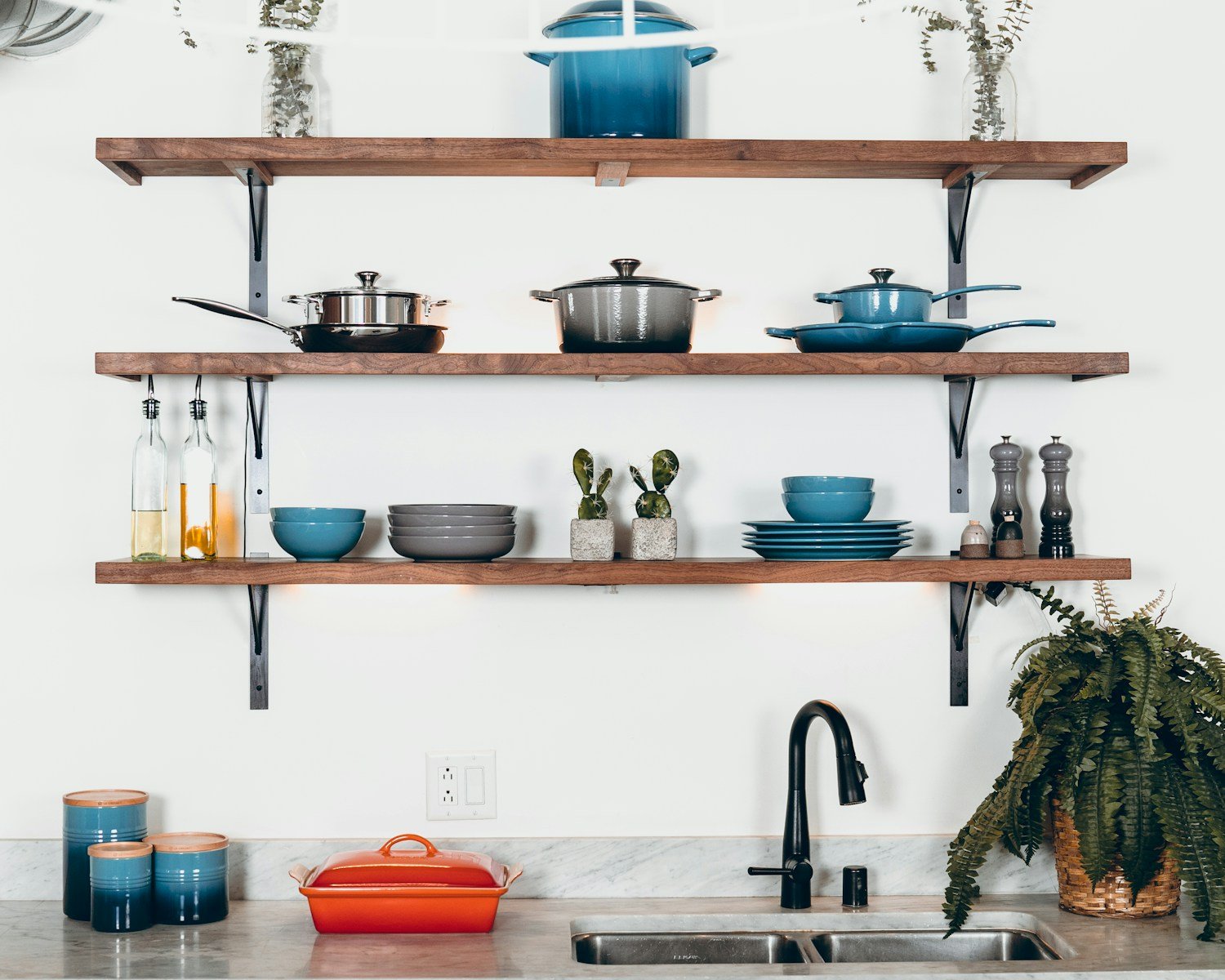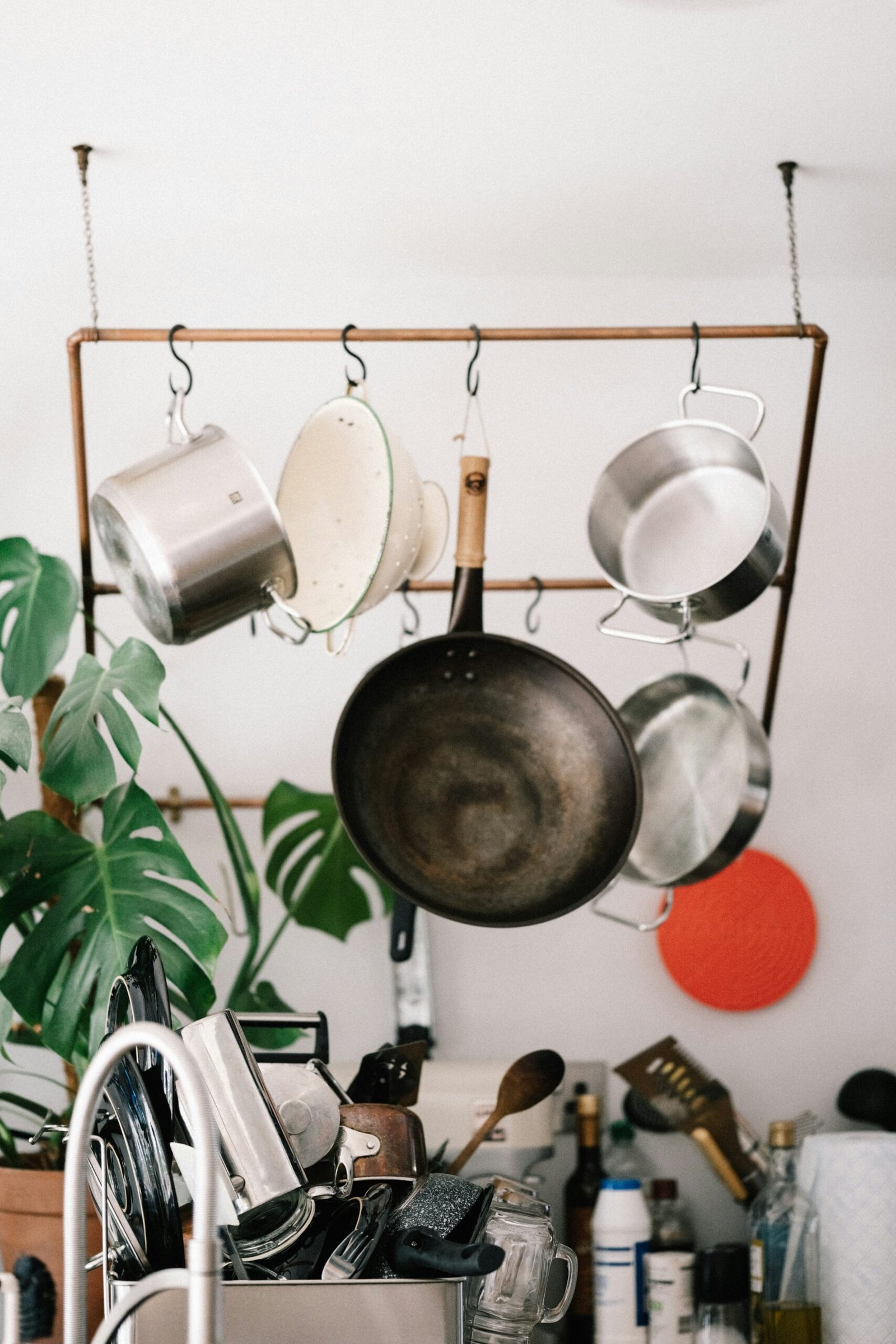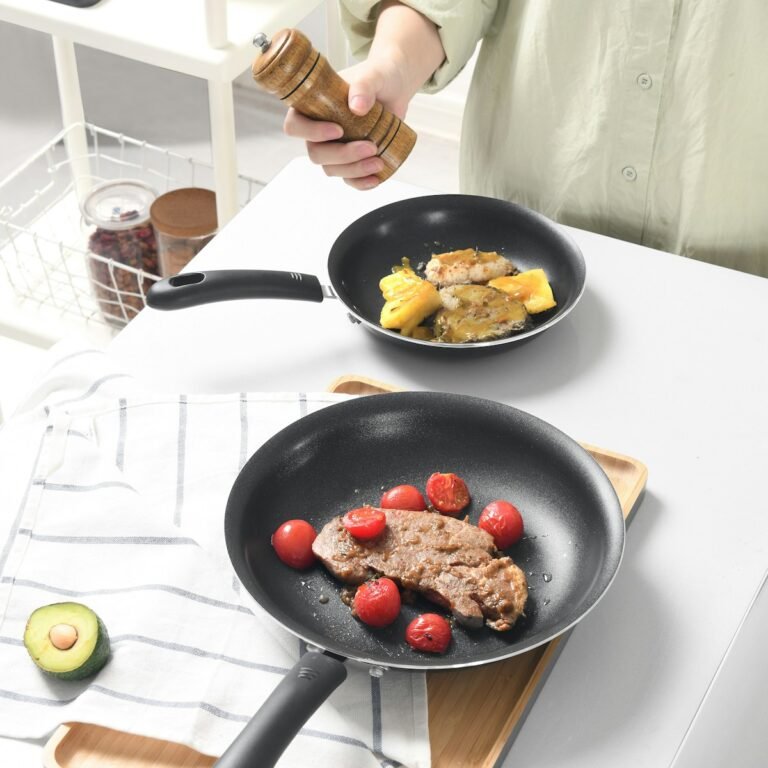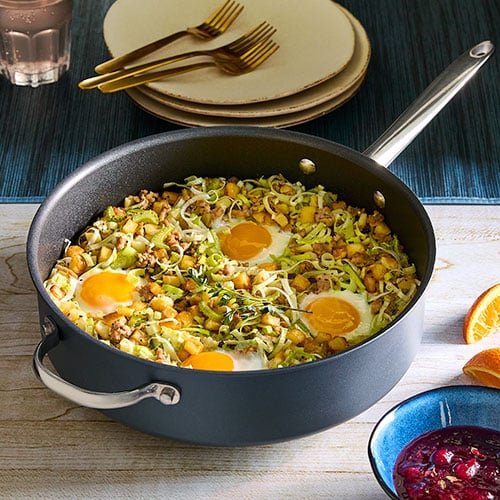How to Choose Cookware for Healthy Cooking
Cooking healthy meals isn’t just about the ingredients; it’s also about the tools we use in the kitchen. Choosing the right cookware can make a big difference in maintaining the integrity of your food while avoiding harmful chemicals. From non-toxic steamers to eco-friendly pans, I’ve learned firsthand that making the right choices can be easier—and more important—than we think.
Here’s what I’ve found in my journey to healthier cooking and the best tips to help you make your kitchen a safe space for your meals.
1. Avoiding Harmful Chemicals in Cookware
When I first started digging into cookware options, I quickly learned that some materials can leach harmful chemicals into your food, especially at high temperatures. Non-stick pans made with Teflon or other similar coatings can release toxic fumes if overheated, and some aluminum cookware may leach into acidic foods. That’s not what you want when you’re focused on healthy cooking.
Instead, look for cookware that is free of:
- PFOA (Perfluorooctanoic Acid): Commonly found in non-stick coatings.
- PFAS (Per- and polyfluoroalkyl substances): A group of chemicals used in many household products.
- Lead and Cadmium: These can sometimes be found in ceramic or enamel coatings on cookware that’s poorly made.
I always check labels or product descriptions to ensure the cookware I’m buying is free from these harmful substances.
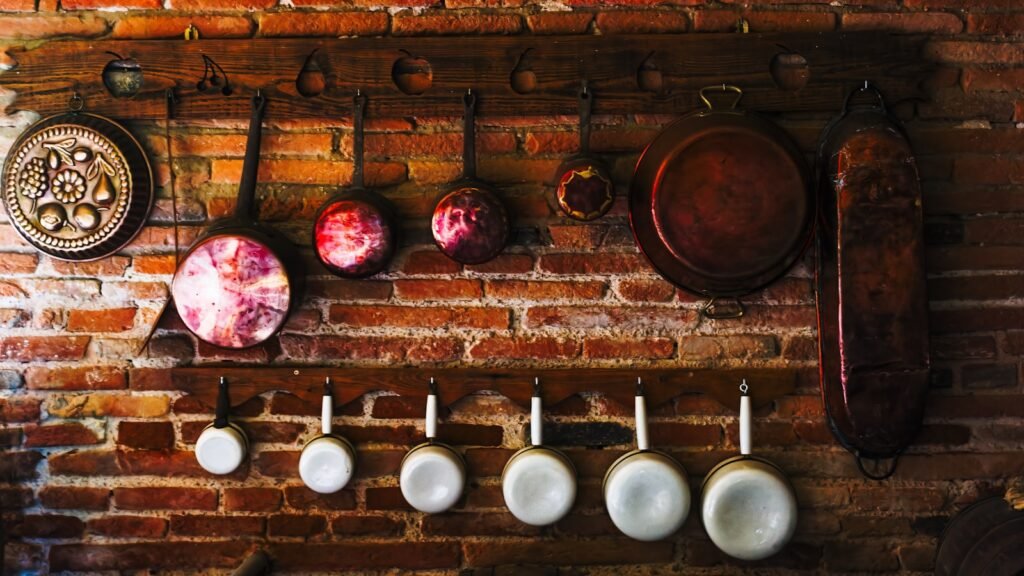
2. Why Non-Toxic Steamers Are a Game-Changer
When I started using a non-toxic food steamer, I noticed a significant improvement in the flavor and texture of my veggies, fish, and grains. Steaming is one of the healthiest ways to cook, as it retains nutrients better than other methods like boiling or frying.
But not all steamers are created equal! Some lower-quality models can contain plastics that aren’t BPA-free, which means those chemicals could seep into your food. Here are the materials I look for:
- Stainless Steel: Durable, non-reactive, and free from harmful chemicals.
- Glass or Bamboo: These are also great natural options that don’t add any unwanted flavors or toxins to your food.
3. Cookware Materials for Health-Conscious Cooks
When choosing healthy cookware, the material is key. Through trial and error, I’ve come across a few materials that really stand out for being both safe and functional:
- Cast Iron: Naturally non-stick once seasoned, free of chemicals, and adds a bit of iron to your meals (which can be great, especially for those needing a little extra iron in their diet).
- Stainless Steel: It’s non-reactive, durable, and doesn’t leach any chemicals into your food. I love using stainless steel for anything from frying eggs to making sauces.
- Ceramic Coated Cookware: As long as the coating is lead and cadmium-free, ceramic is a great option for non-stick cooking without the chemicals. Just be mindful of the quality—cheap versions might still contain harmful substances.
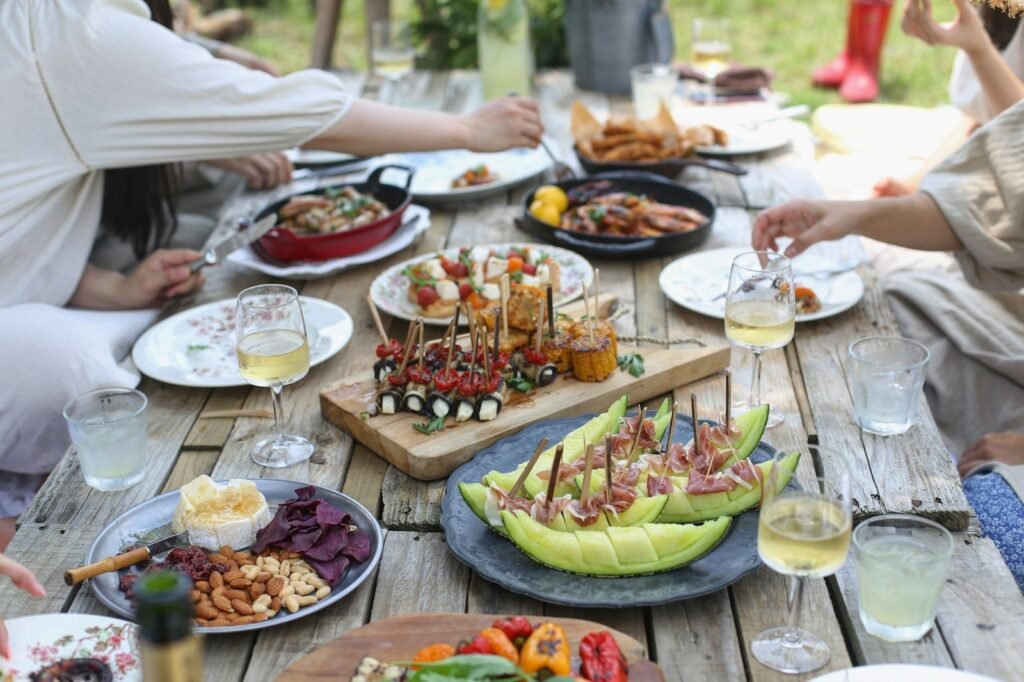
4. Eco-Friendly Options
Sustainability has always been a focus for me, so I try to choose eco-friendly options whenever possible. Luckily, healthy cookware often overlaps with eco-friendly choices. Brands that focus on natural, recyclable materials like stainless steel, cast iron, and pure ceramic are typically better for the environment and your body. Look for:
- Recyclable Materials: Some high-quality stainless steel and cast iron products are 100% recyclable, which means they’re sustainable from production to end-of-life.
- Bamboo or Wood Utensils: Paired with eco-friendly cookware, using natural utensils helps protect your pots and pans while keeping synthetic materials out of your food.
5. Non-Stick Without the Toxicity
I’ve had my fair share of frustrations with non-stick cookware. Most traditional non-stick options contain PTFE (the active ingredient in Teflon), which can be harmful if it degrades. But there are non-toxic non-stick options out there! Here’s what I use instead:
- Ceramic Non-Stick: Look for ceramic pans that are certified free of PFOA and PFAS. These are my go-to for making eggs or pancakes without worrying about sticking or scraping.
- Seasoned Cast Iron: Once you get the hang of seasoning cast iron, it becomes naturally non-stick and lasts forever.

6. Cooking Tips for Maintaining Your Healthy Cookware
I’ve learned that even the healthiest cookware needs to be treated right to keep it safe and long-lasting. Here are a few key maintenance tips:
- Avoid Metal Utensils: They can scratch and damage the coating on your ceramic or non-stick pans.
- Use Lower Heat: Most non-toxic cookware is more heat-sensitive, so stick to medium heat to preserve the life of your pans and prevent releasing harmful compounds.
- Hand-Washing: To extend the lifespan of your eco-friendly cookware, hand wash it with gentle soap rather than throwing it into the dishwasher.
7. My Go-To Cookware for Healthier Meals
At the end of the day, the cookware you choose should match your cooking style and health goals. Here’s what I have in my kitchen and why:
- Stainless Steel Pot Set: I use these for everything from boiling pasta to making soups. They’re durable, safe, and easy to clean.
- Cast Iron Skillet: Perfect for frying and baking, my cast iron pan is a true kitchen workhorse.
- Ceramic Non-Stick Frying Pan: This is my favorite for quick, healthy meals where I don’t want to use much oil, like stir-fries and sautéed veggies.
- Stainless Steel Steamer: This helps me make light, nutrient-packed meals quickly, without any concerns about toxins.
Making the switch to healthy, non-toxic cookware has changed how I cook and feel about the meals I prepare. By avoiding harmful chemicals and investing in eco-friendly materials, you can make every meal healthier—not just in ingredients, but in the tools you use as well

